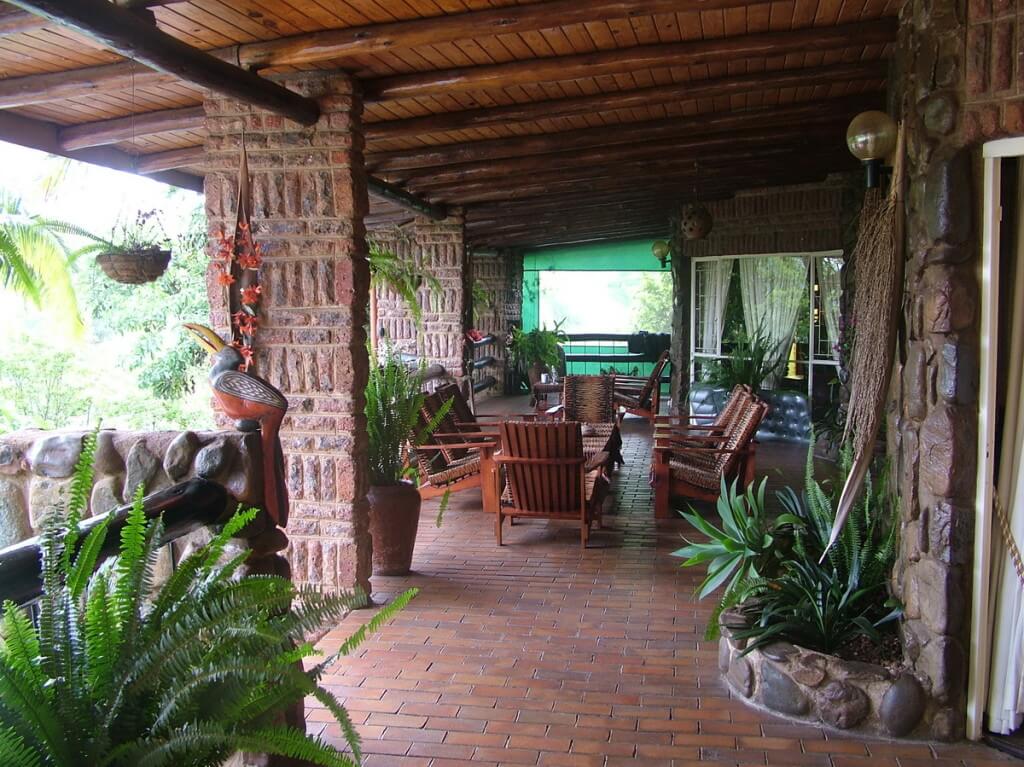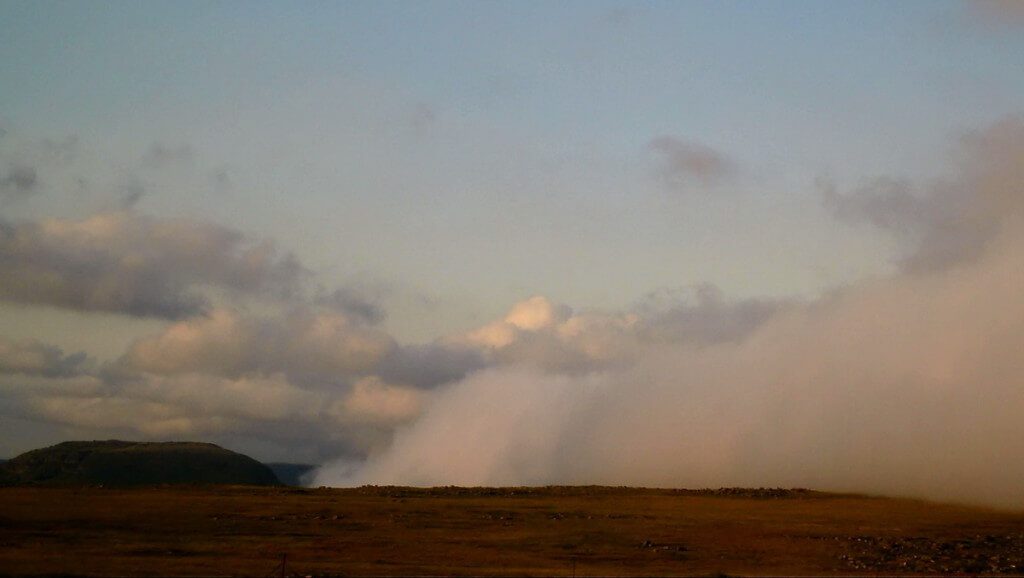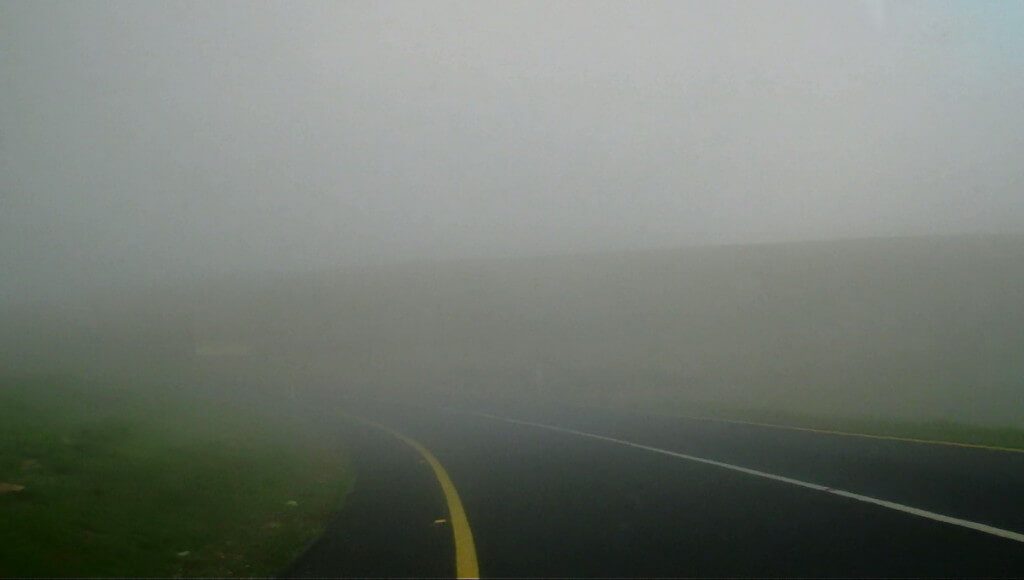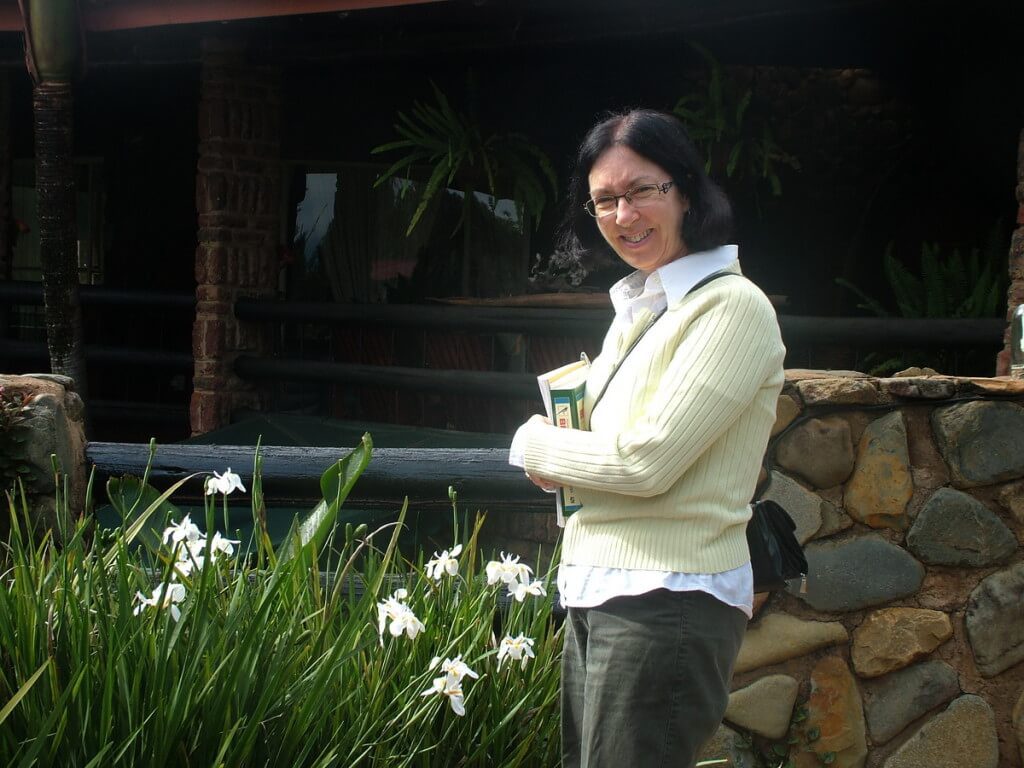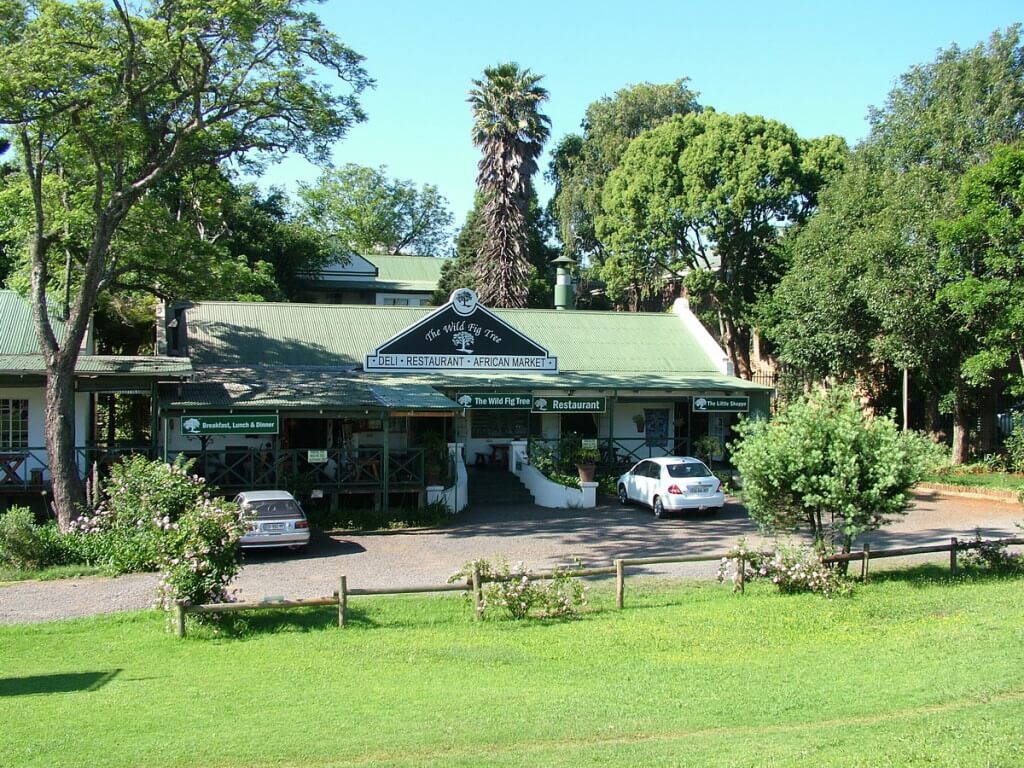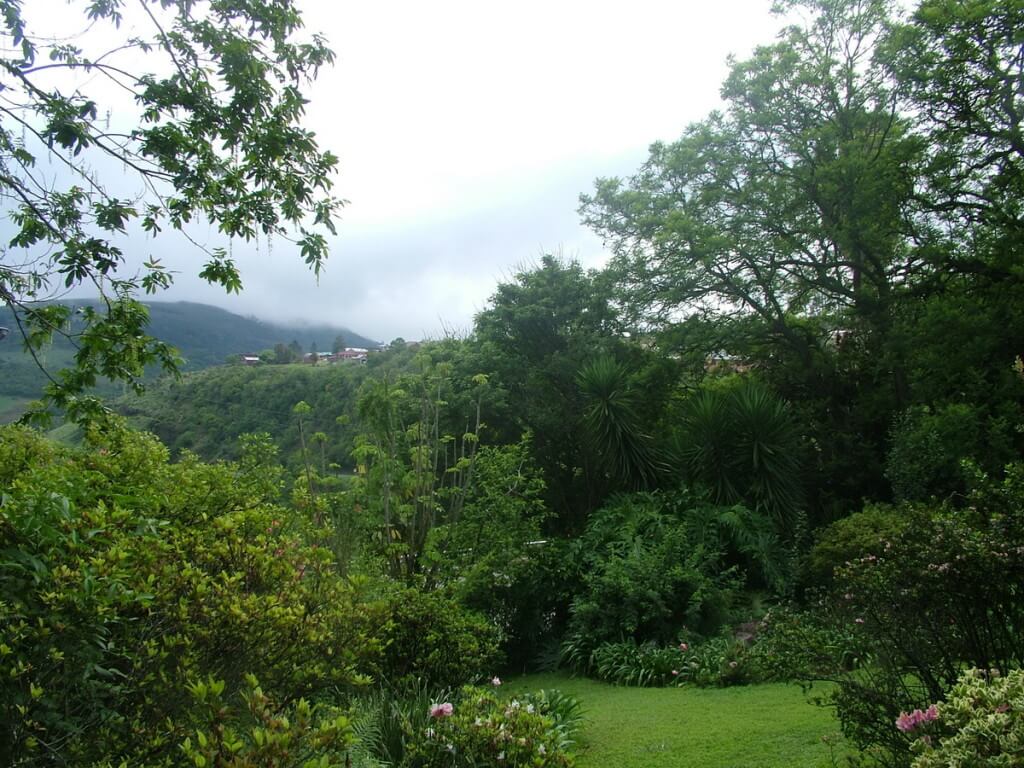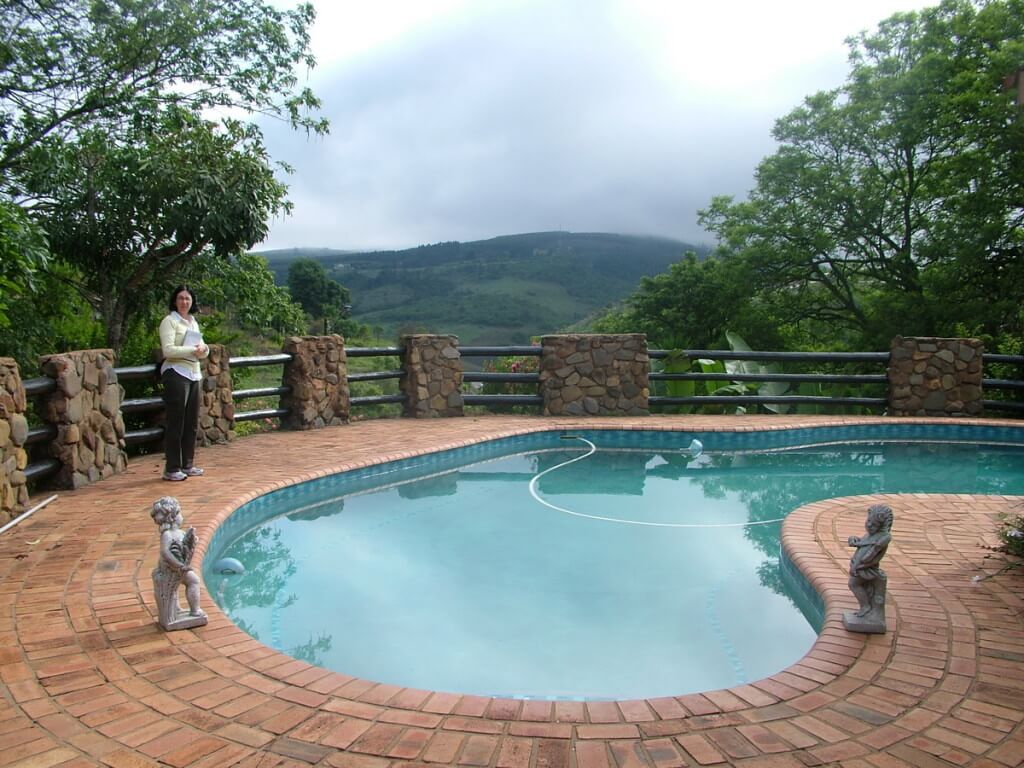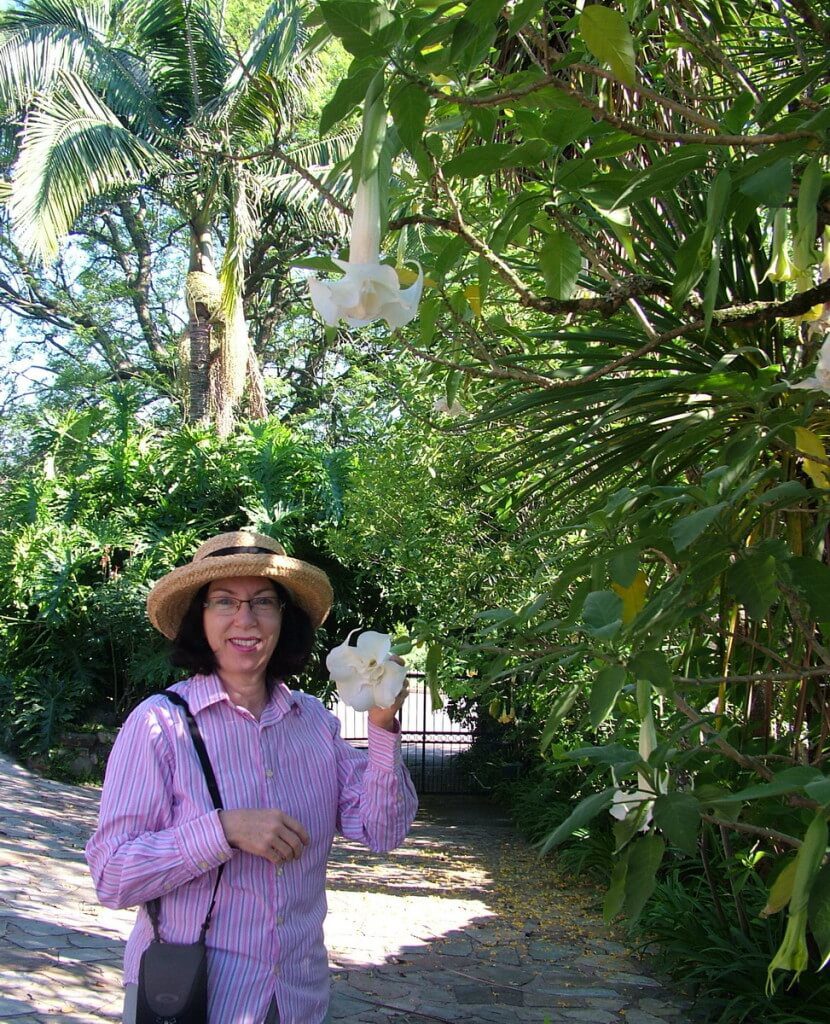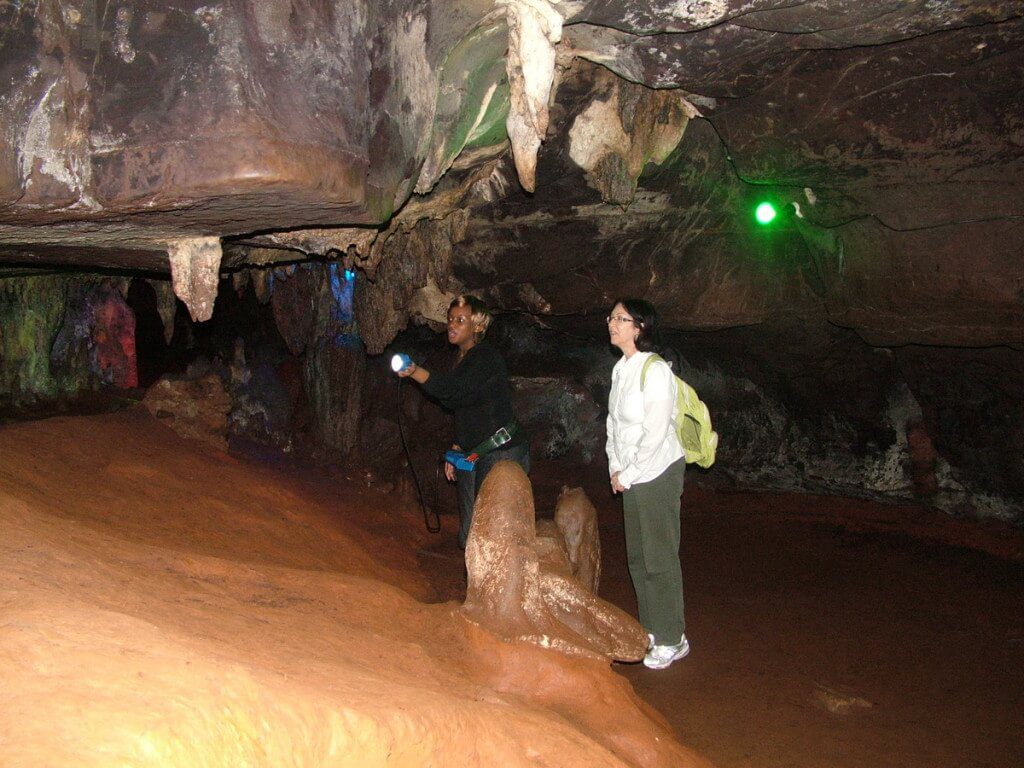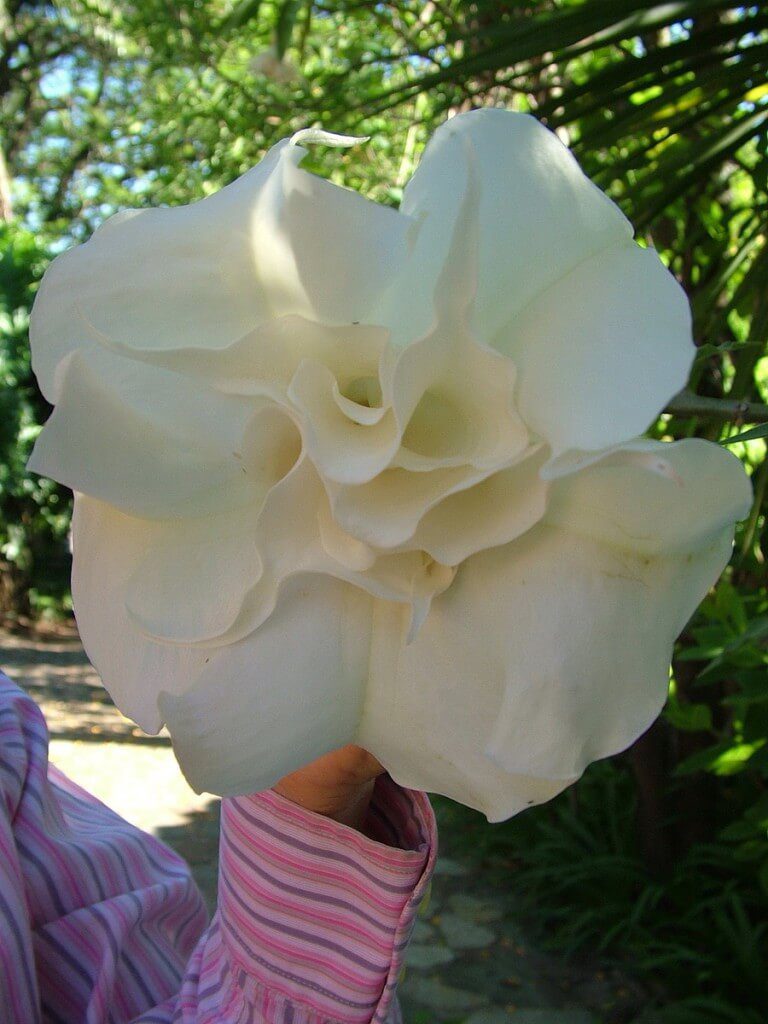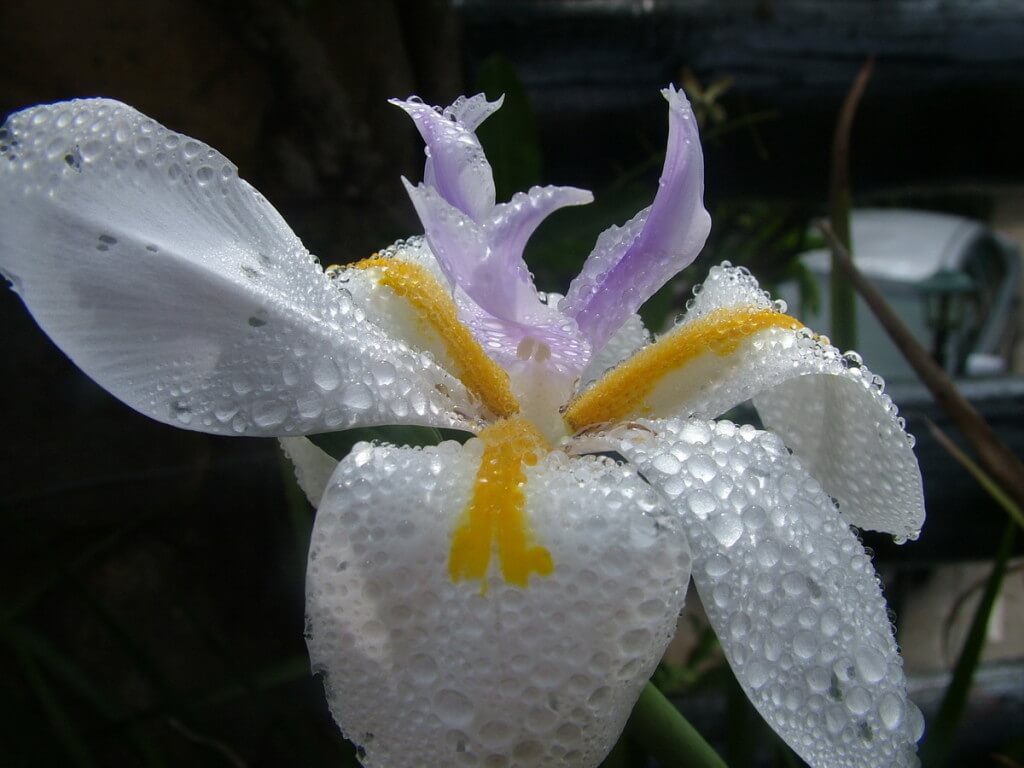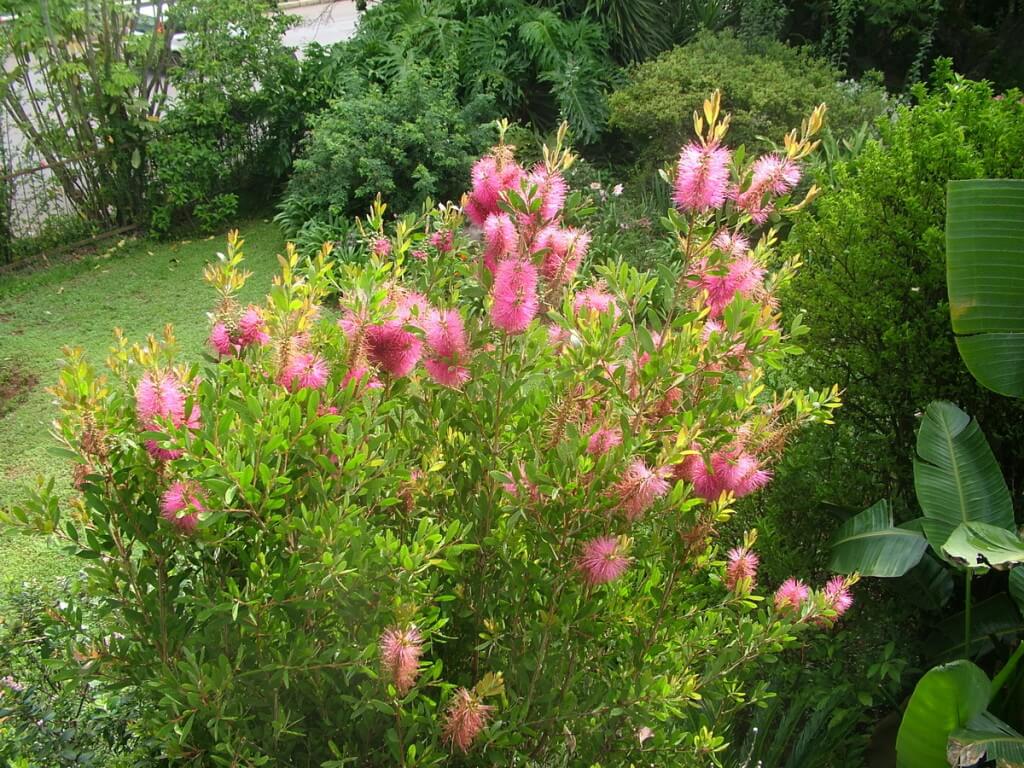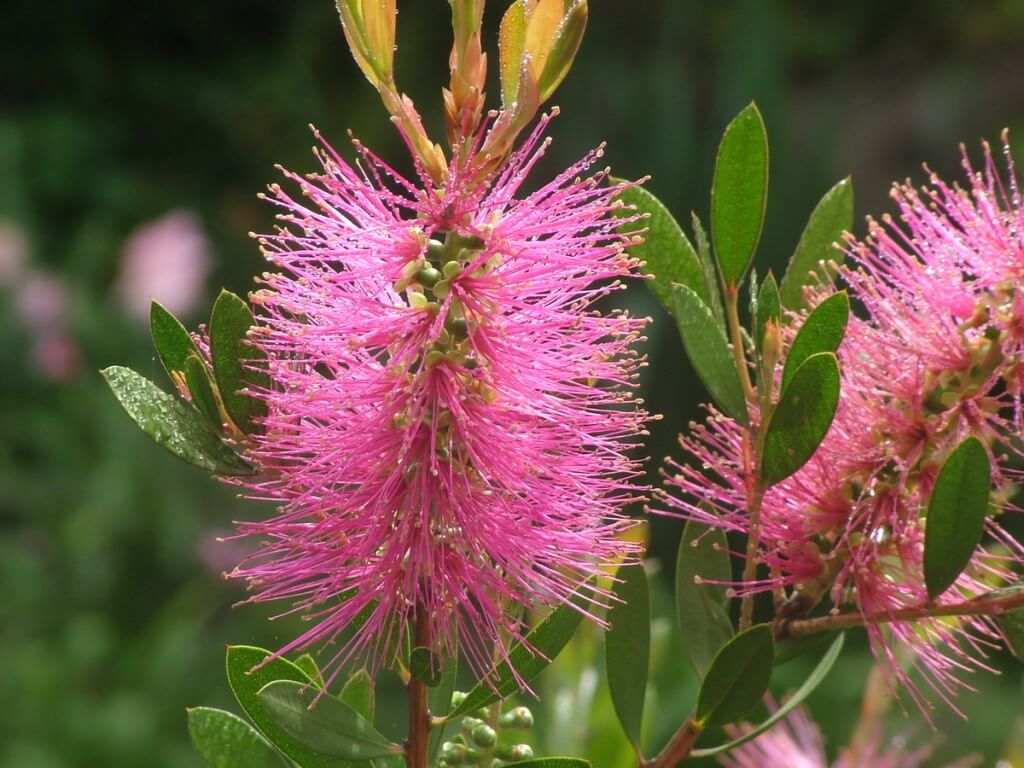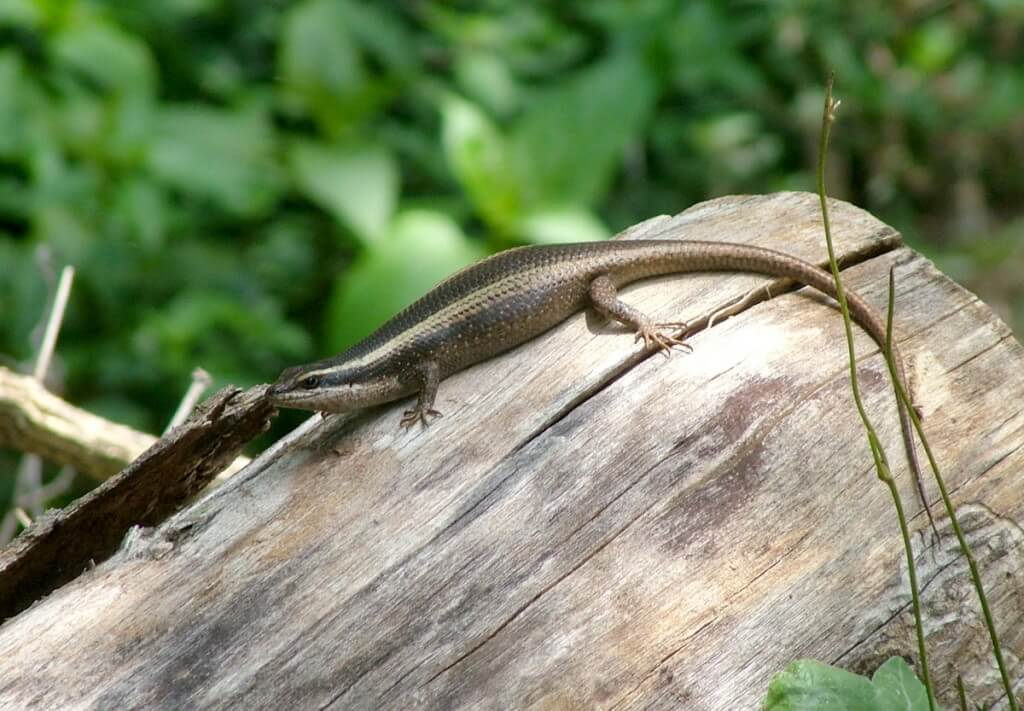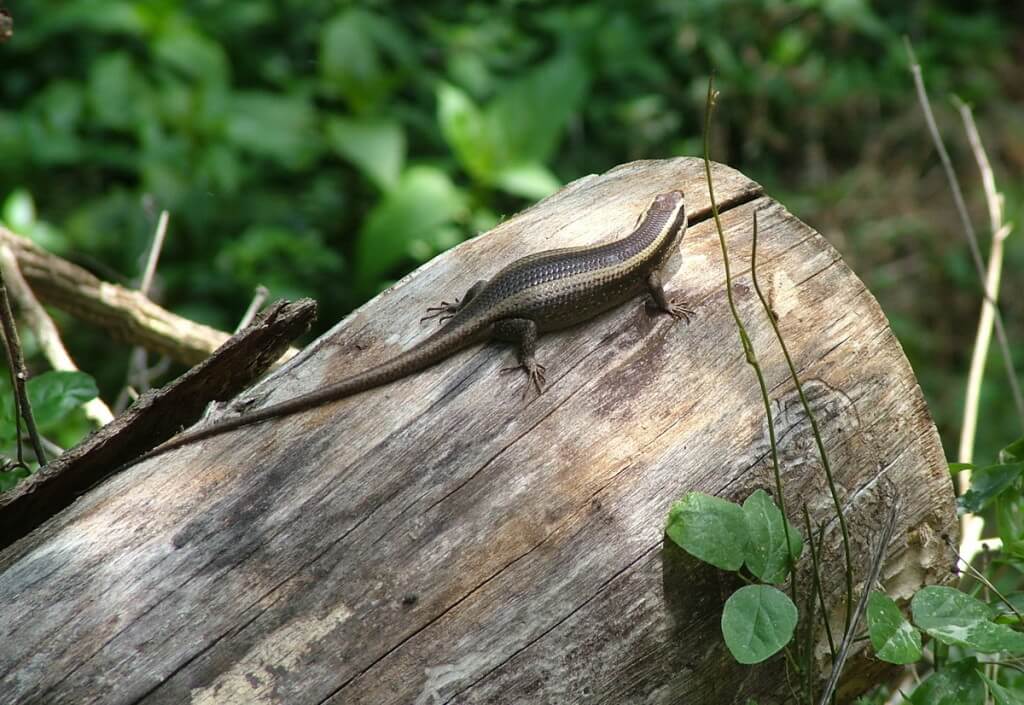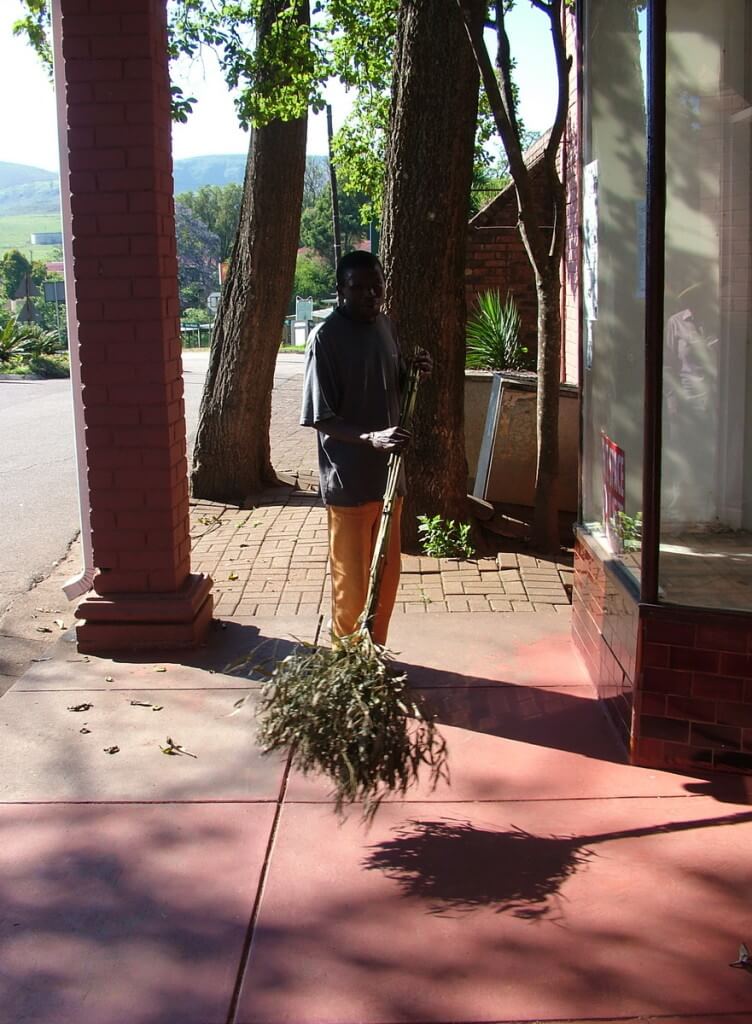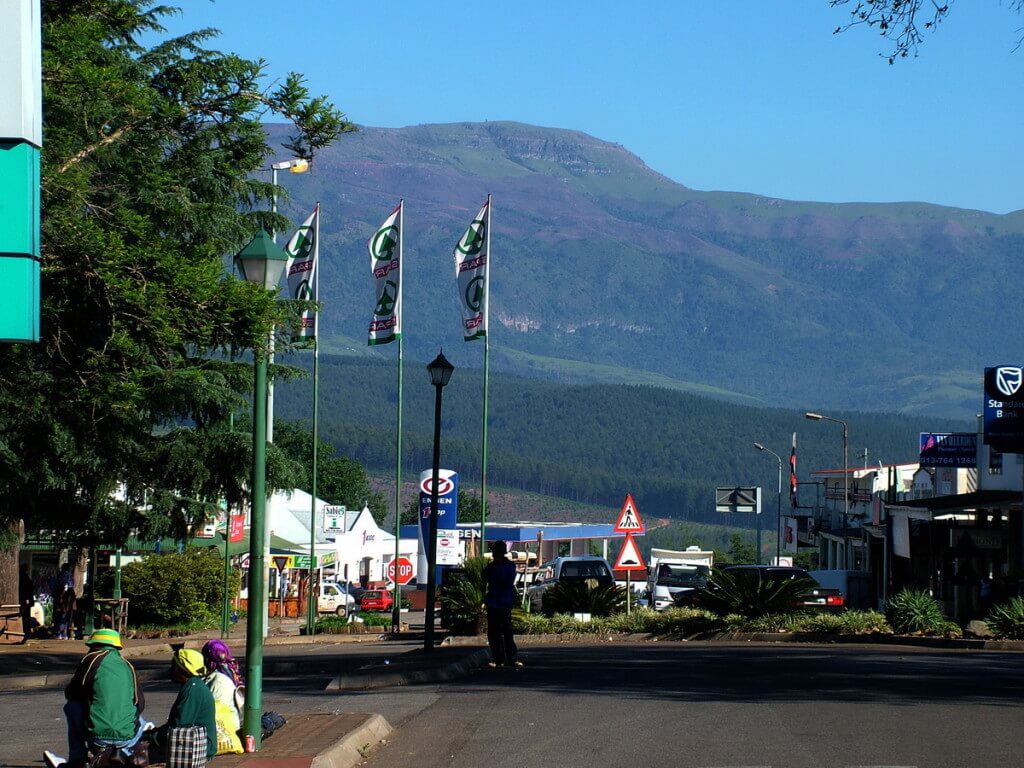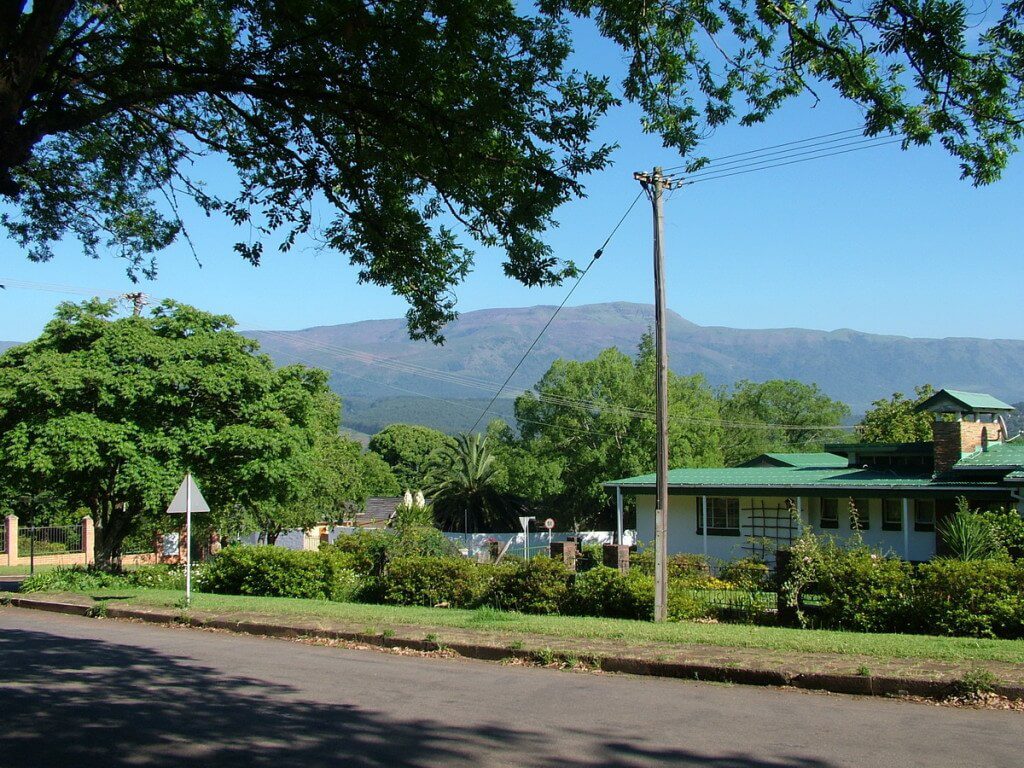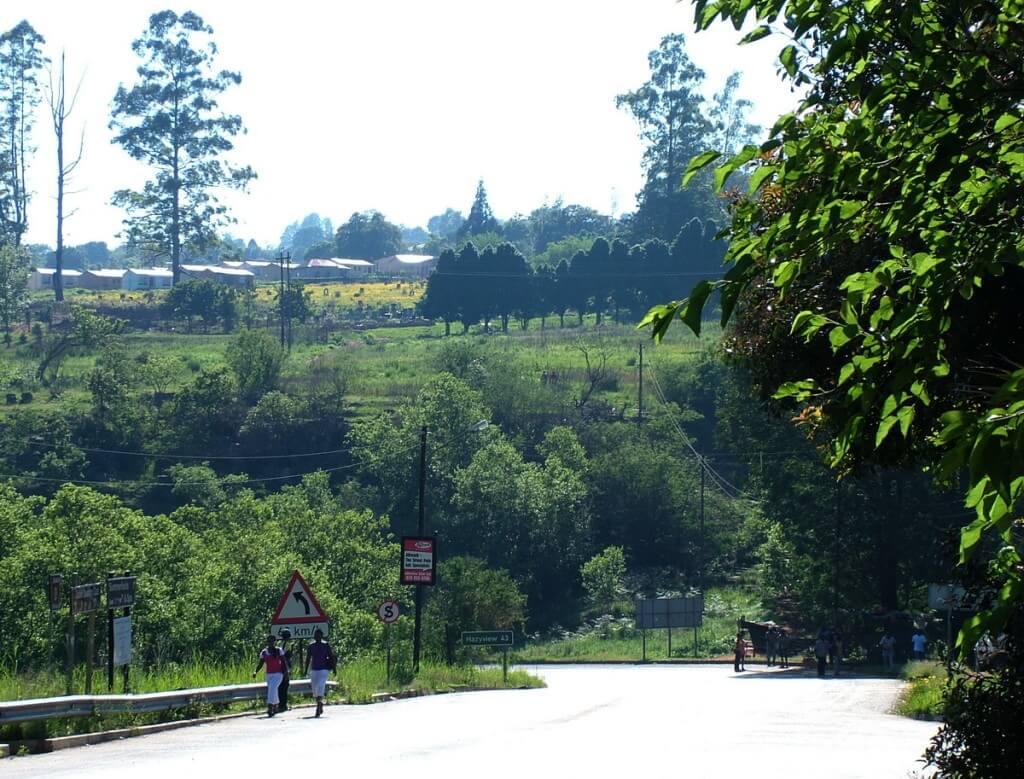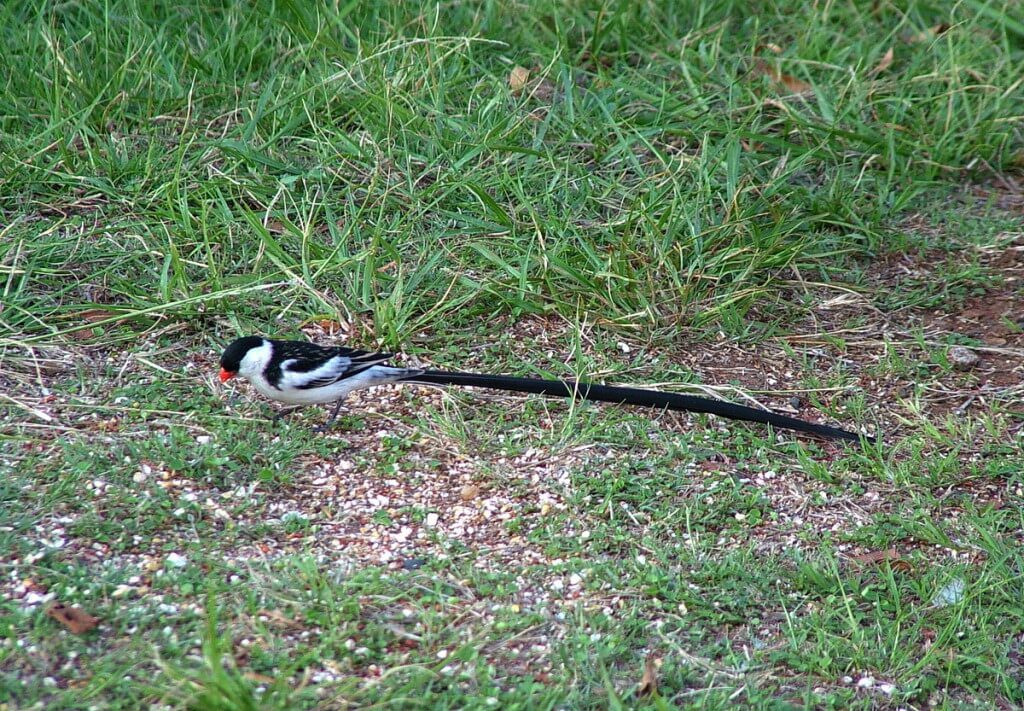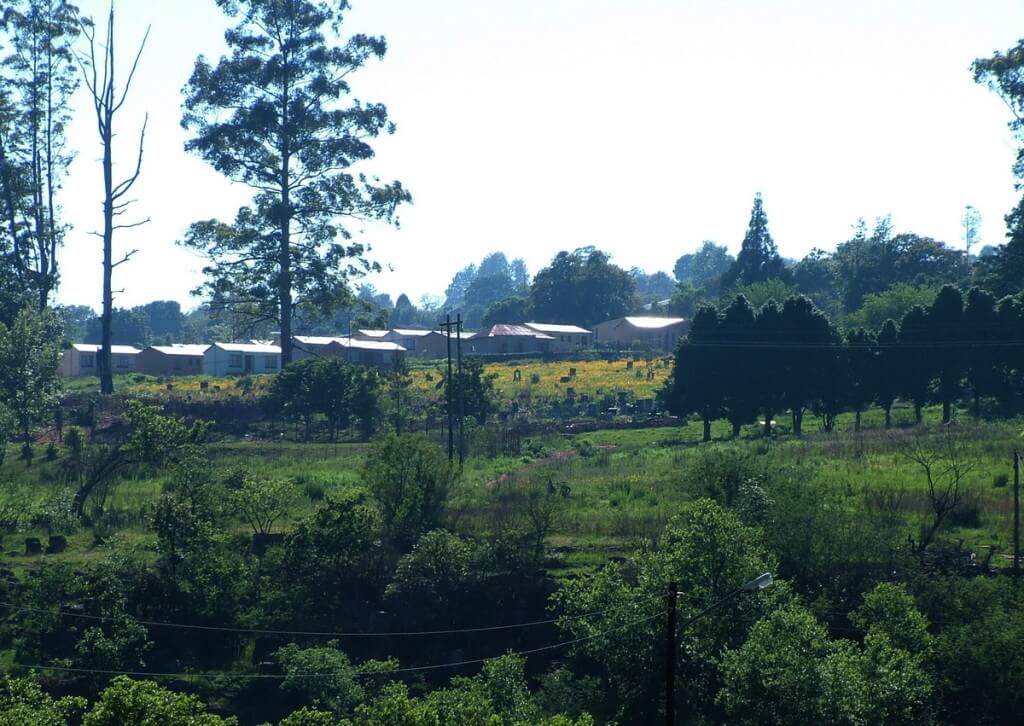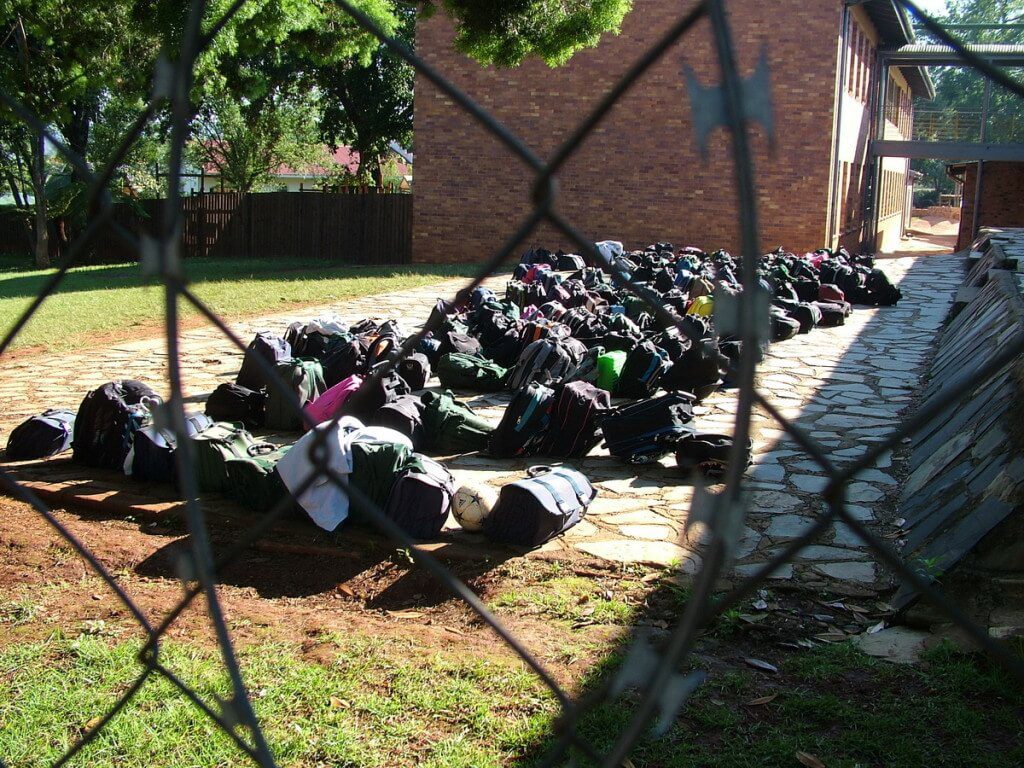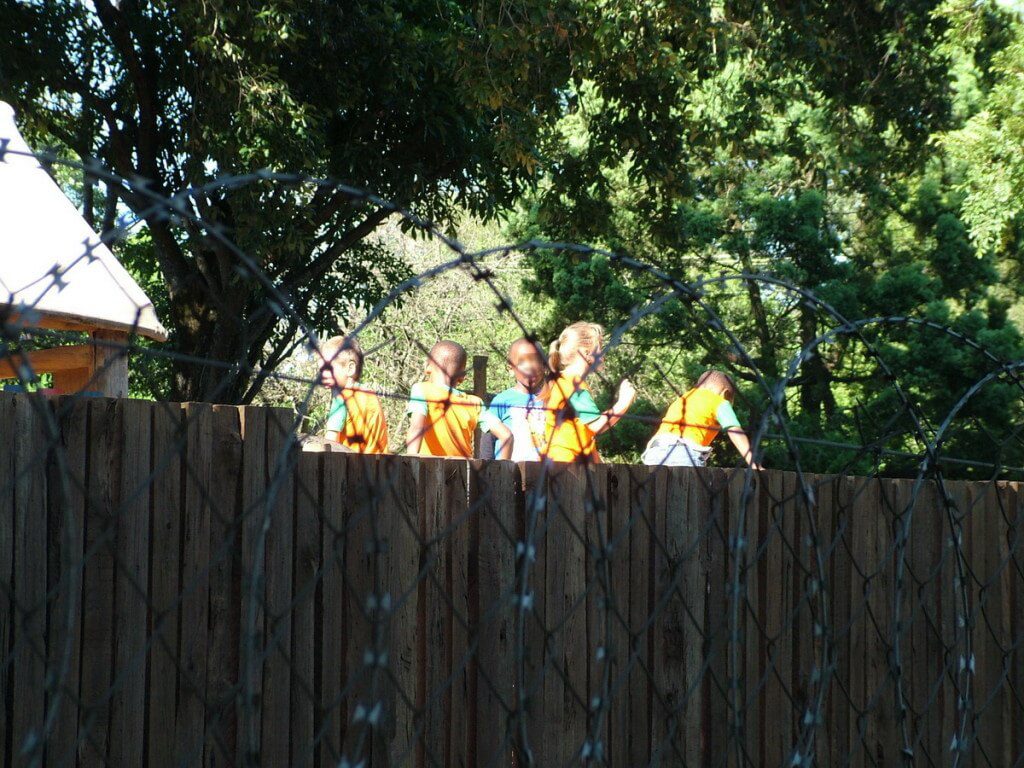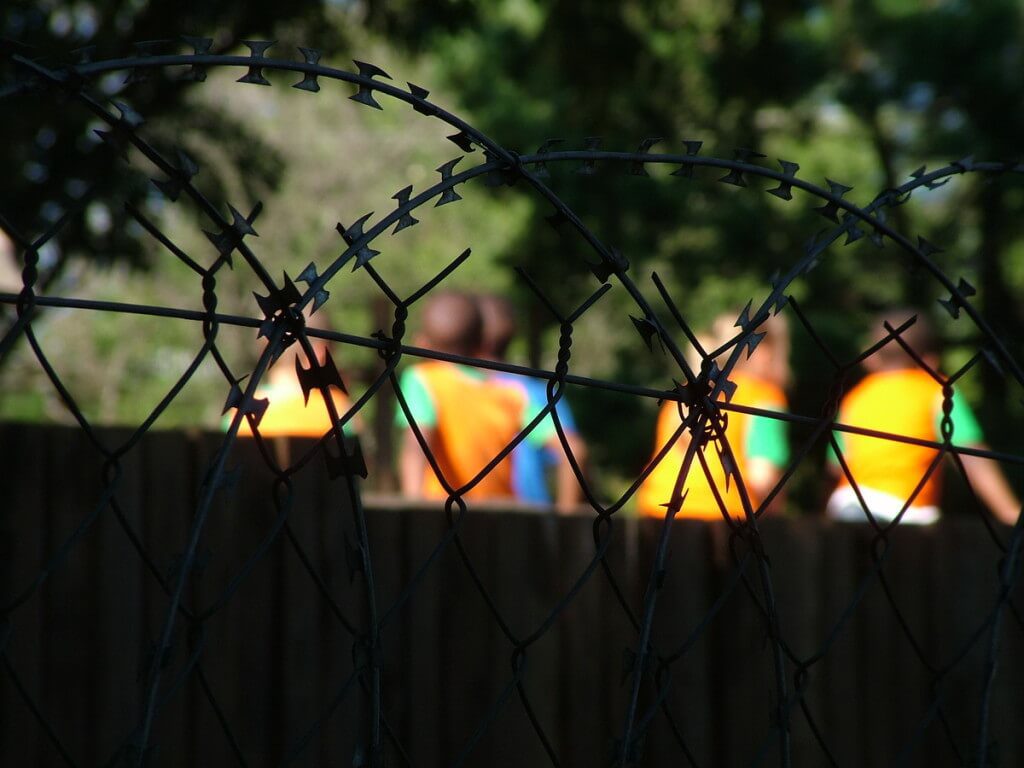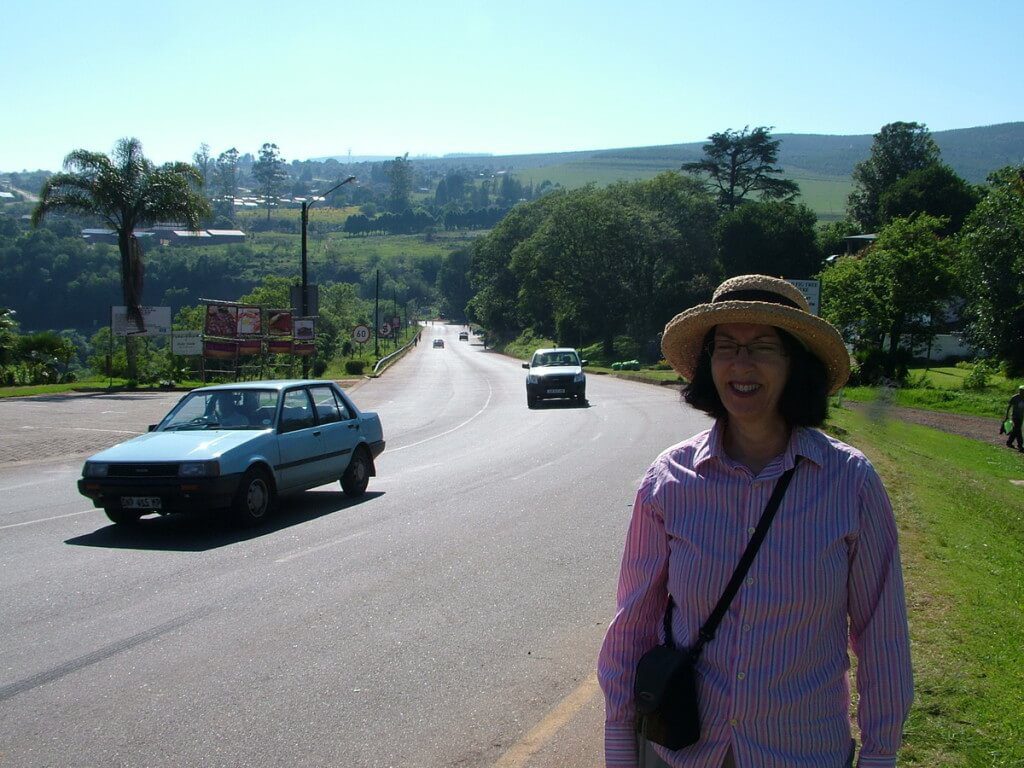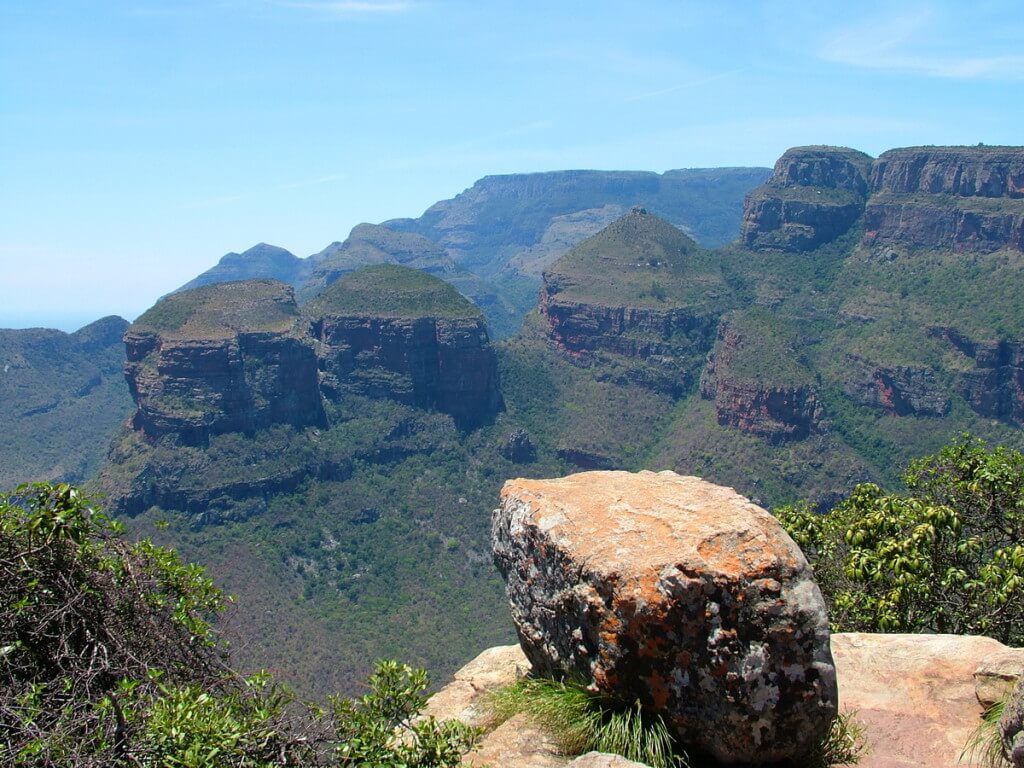Our Stay At Valley View Lodge In Sabie, South Africa

Our arrival at Valley View Lodge in Sabie came at the end of a prolonged drive from the airport in Johannesburg. Of course, there were many stops made along the way for photo ops, including one in Long Tom Pass where the highway climbs into the mountains between Lydenburg and Sabie.
Rising up on the far side of the mountains, an expanding and fast-advancing set of clouds at ground level had us in awe. It swallowed up everything in its path.
Little did we know that a few minutes later, as we rounded a corner in the roadway, we would come face to face with this impenetrable wall of fog that reduced traffic to a snail’s pace. The gullies and peaks lining the roadway were totally shrouded in white, and drivers were forced to poke along with 4-way flashers blinking as beacons of safe passage ahead. By 6:35 p.m., under the cover of darkness, we pulled up in front of iron gates and spoke to Alfred through the intercom. He promptly threw the switch and within minutes welcomed us to his establishment.
From what we could see in the dark, Valley View Lodge was located in a charming brick building with varied elevations giving it an old-world charm. Even the walls in our bedroom featured exposed bricks and log beams. Alfred warned us that the Blue Monkeys (Cercopithecus mitis) could cause a bit of a raucous during the night when they steal across the roof to the neighbour’s fruit trees, and they were apt to venture into our room if the French doors were not secured.
For two nights in a row, Bob and I enjoyed dinner at a nearby restaurant that features local wild game. The first night saw us eating at The Wild Fig Tree at a later hour than usual but that did not deter us from being adventurous. Bob had crocodile kebabs while I savoured local fresh trout. Afterwards, back at Valley View, Alfred and Ann invited us in for a glass of the local liqueur, Amarulla, and shared with us sage advice on the do’s and don’ts of traveling in South Africa. A cordial discussion about politics and economics ensued, and Ann offered her suggestions on the identity of different birds and animals that we had already seen.
We heard no monkeys during the night, but many birds chattering on the other side of the thin glass door woke me at 6 a.m. leaving plenty of time to tour the gardens and premises before breakfast was served. Even at that early hour, the shaded atmosphere of the spacious verandah enticed me to sit a spell while I caught up on my diary and perused the bird books that Ann so kindly lent to me.
To protect guests during the frequent torrential rains, a generous overhang ensures that the verandah is a great place to enjoy the view of Sabie Mountain and the valley regardless of the weather.
Lush gardens encircle the one-time lawyer’s residence at Valley View Lodge, and create a beautiful setting for the swimming pool.
It was enticing to linger at Valley View Lodge and soak up the relaxing atmosphere,
but we had plans to do an excursion to nearby Sudwala Caves in the morning and Pinnacle Rock and Bourke’s Luck Potholes over the course of the afternoon.
Still, I had to pause and admire the stunning tree-sized Angel’s Trumpet plants with blooms that filled the air with their heady fragrance. The flowers of the Angel’s Trumpet plants were an incredible size…
and Alfred and Ann were duly proud of their prominence in the yard. The gardens were studded with a variety of interesting plants such as this African Iris (Dietes iridioides) bathed in morning dew,
and this striking Weeping Bottlebrush (Callistemon viminalis “Hot Pink”).
True to its name, the flowers are grouped at the ends of the stalks so that they look like a brush used to clean bottles.
Weeping Bottlebrush “Hot Pink” has its origin in South Africa and hence is hardier than other species of bottlebrush plants. It is the delicate, long, thin stamens that make this ornamental shrub so attractive. It certainly was a standout in the gardens at Valley View.
Ann informed us to be ever vigilant when hiking or even touring their gardens because they do have the occasional snake show up on the property. Both Black Mambas and Spitting Pythons have at one time or another found their gravel driveway the perfect spot to sunbathe. Perhaps it is because we were on high alert that we noticed this African Striped Skink just outside the entrance to the Sudwala Caves.
This African Striped Skink was no threat to us since its diet consists of small insects and invertebrates. Members of this species usually grow to about 25 centimetres (10 in) long. This specimen must have been doing pretty well for itself as its tail was still in one piece. Often, a Skink will relinquish part of its tail if a predator grabs onto it leaving the reptile with a stumpy appearance until the Skink has a chance to regrow the lost portion.
Early on our second morning in Sabie, Bob and I took a stroll up to the business section of the town. Things were bustling as vendors prepared to open up their stalls and made sure to sweep sand and leaves from the sidewalks. Instead of a corn broom like that which I use at home, a broom fashioned from palm leaves fit the bill.
No time was wasted opening up for sales, and in most cases, it was a simple matter of pulling aside vibrant panels of patterned fabric to reveal humble wooden platforms upon which were displayed assorted products. It was pleasant to see street vendors in colourful semi-traditional garb selling fresh fruit, vegetables and all other manner of wares from their stalls, and already, open-air cubicles had shop owners hawking any type of electronics that one might require.
Sabie is located on the tropical plains below Sabie Mountain on the banks of the Sabie River. Its main industry is forestry, and we certainly were witness to the commercial tree plantations that surround the country town.
The vast stands of exotic pine and eucalyptus trees have resulted in the largest man-made forest in the world. Other than employment to support the tourism trade, the town is home to thousands of workers and contractors that man the plantations and sawmills in the vicinity.
It gave me goosebumps when I heard how Sabie got its name. Sabie was derived from the Tsonga Shangaan word Ulusaba that was once used to describe the river. Ulusaba means fearful river, and the people at one time had reason to fear the river with its teeming population of Nile Crocodiles. It was the Afrikaner colonialists who simplified the name to Sabie.
Around Sabie, the Drakensberg escarpment offers a mix of various habitats, everything from rocky hills to mountain grasslands, cultivated valleys to dense forests, so it was no surprise to come across a stunning Pin-tailed Whydah (Vidua macroura) foraging along one stretch of the roadway. We were thrilled that this specimen is a male in breeding plumage because its impressive tail is 20 centimetres (8 in) long. Otherwise, these small songbirds are quite inconspicuous.
The lush surroundings of the quiet town in many ways take after towns in Ontario’s countryside. Across one green space we espied rows of tidy houses built close to one another and resembling for all the world our own suburban neighborhoods. As we neared a primary school, we judged classes to be well underway owing to voices raised in song and the strumming of a guitar. We had not had breakfast yet and already school was in to take advantage of the coolest temperatures of the day.
The school walls may have hidden the classrooms from view, but from the perimeter of the school property, we got some essence of the numbers in attendance. Bob and I were able to look through the fence and see hundreds of backpacks arranged in orderly fashion in rows of 10-12.
With boisterous song still spilling into the playground, we rounded one corner of the educational facility to find that another class had been dismissed for recess. What struck us both was the use of razor wire all along the wooden fence as well as extending well above it.
We could not clearly understand the need for the razor wire unless it was to safeguard the buildings and supplies from theft and vandalism during the nighttime hours, much like every home and business that was protected using the same deterrent. The levels of crime throughout South Africa were also reflected in the strongholds created around every establishment where we stayed.
Our dinner the night before at the Wild Fig Tree included ostrich medallions and kudu potjie, a goulash served with marula jelly made from the same fruit as the local amarulla liqueur. As a matter of fact, the restaurateur treated us to complimentary amarulla liqueur, so we were doing pretty good for ourselves. It required a long morning walk in order to work up a good appetite before Bob and I made our way back to Valley View Lodge.
Over breakfast in the charming dining room with a view, we decided to return north to see The Three Rondavels before turning east towards Kruger National Park. It was going to be another very full day.

